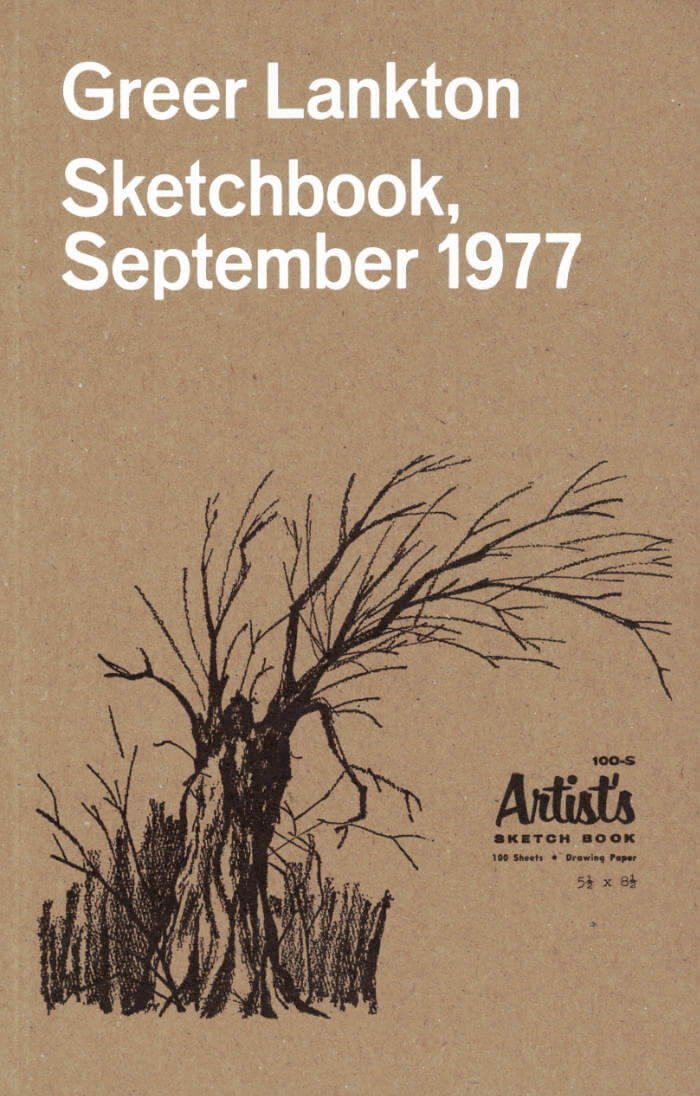
Human Pelvis, Bitter Radish
This publication features a project by Leone Contini looking into the canned food available during the war of Caporetto in 1917 and especially its iconography. It brings together an essay by the artist along with reproductions of a selection of his drawings.
Leone Contini (born 1976 in Florence) studied philosophy and cultural anthropology at the University of Siena. His research unrolls at the intersection of anthropology, aesthetics and politics and his mediums include lecture-performances, collective interventions in public spaces, textual and visual narratives, drawings. His research is focused on intercultural frictions, conflict and power relations, displacement, migrations and diasporas, aiming to investigate, to question and to re-shape identity patterns and power relations.





